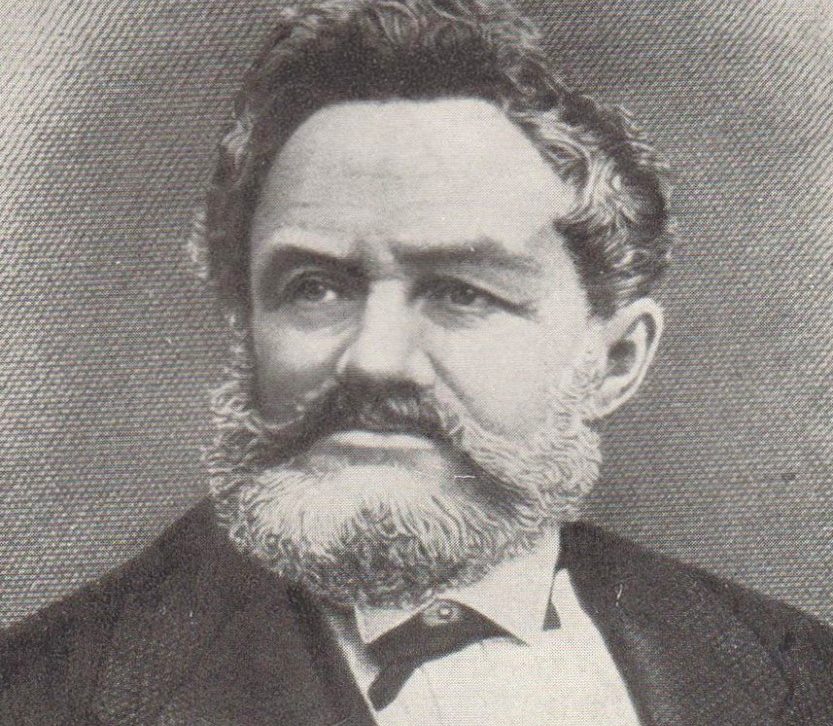#ARCTIC. #SIBERIA. THIS IS TAIMYR. Russian explorers who conquered Siberia in the 17th century reported to the capital: “The earth, sir, does not melt even in the middle of summer”.
In 1820-1830, the merchant Fyodor Shergin dug a 30-meter well in Yakutsk in search of drinking water in the his house’s courtyard. He knew about the constant cold in the soil layers, but he hoped to overcome the frozen soil layer and reach the aquifer. The temperature at the well bottom was −1.25 °C.
British scientists expressed distrust of the merchant’s observations, saying that he did not take into account the outside air influence on the well. The British sent an expedition to the Canada’s Arctic part to study permafrost.
In turn, the Russian Academy of Sciences was not going to lose the palm in permafrost research. 13 thousand rubles were allocated from the state treasury for research.
As a result, the well depth was brought up to 116 meters. In 1844-1846, Alexander Middendorf took temperature measurements in it as part of his scientific expedition. The one during which Middendorf became the first Taimyr explorer and discovered the Putorana plateau. He also became the first scientist to study the permafrost state in Russia. Since that time, its existence has not been questioned.
In Norilsk, scientists began to study permafrost from an engineering rather than a geographical point of view. In 1936, specialists from the Leningrad Committee for the Permafrost Study arrived here, and a permafrost station was opened in the village.
It turned out that the thickness of the permafrost layer in Norilsk reaches 300 meters, and the layer that thaws in summer does not exceed 40 centimeters.
Nevertheless, half of 30 low-rise stone houses built in Norilsk from 1937 to 1940 deformed almost immediately. The experience of pile foundation during construction on permafrost was mastered in the 1950s.
In the last issue of the History spot photo project, we talked about the fact that Taimyr has repeatedly become the science fiction novels scene: the Arctic was then for the country like space – the main goal, and a reason for pride, and a unifying idea.
Follow us on Telegram, VKontakte.
Text: Svetlana Ferapontova, Photo: Nornickel Polar Division archive













